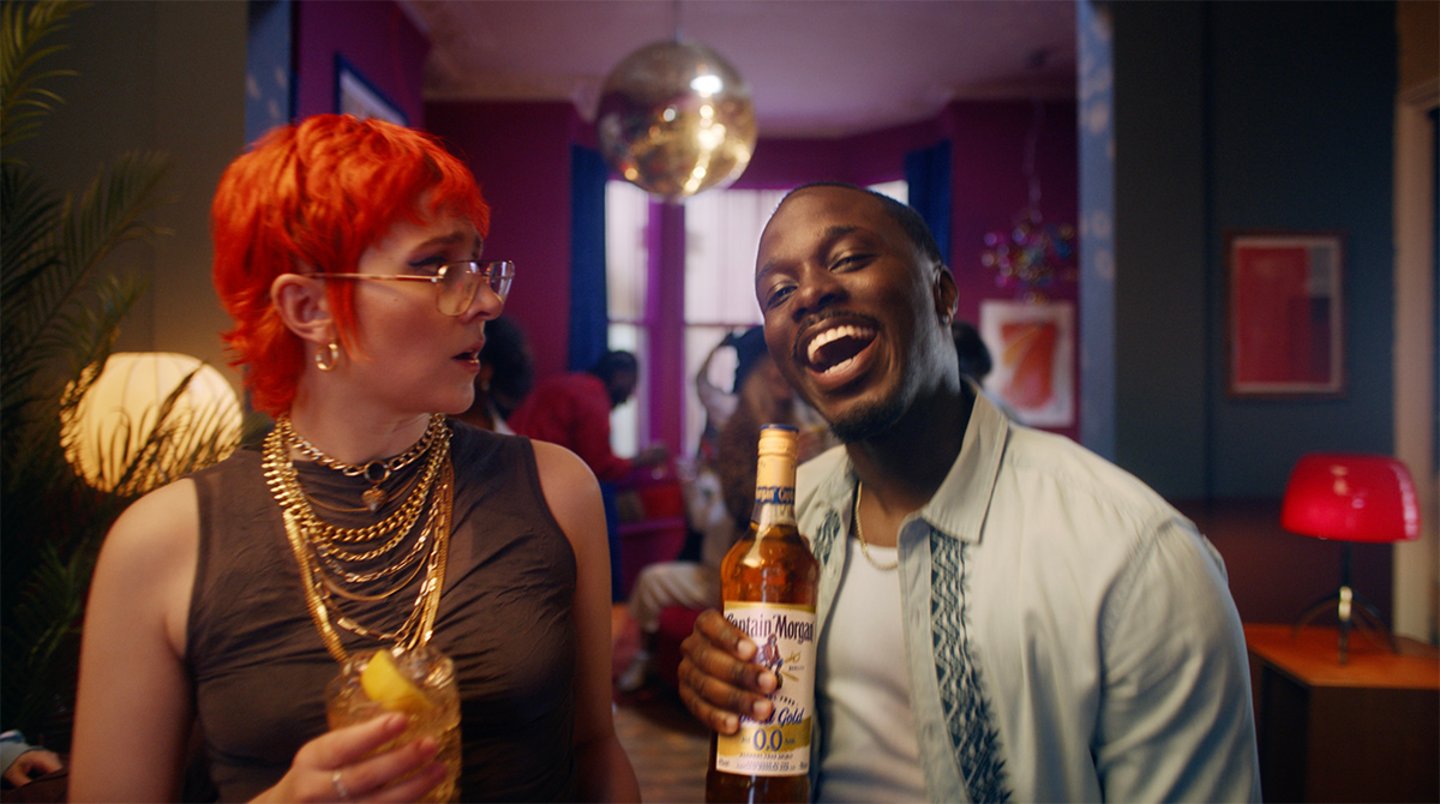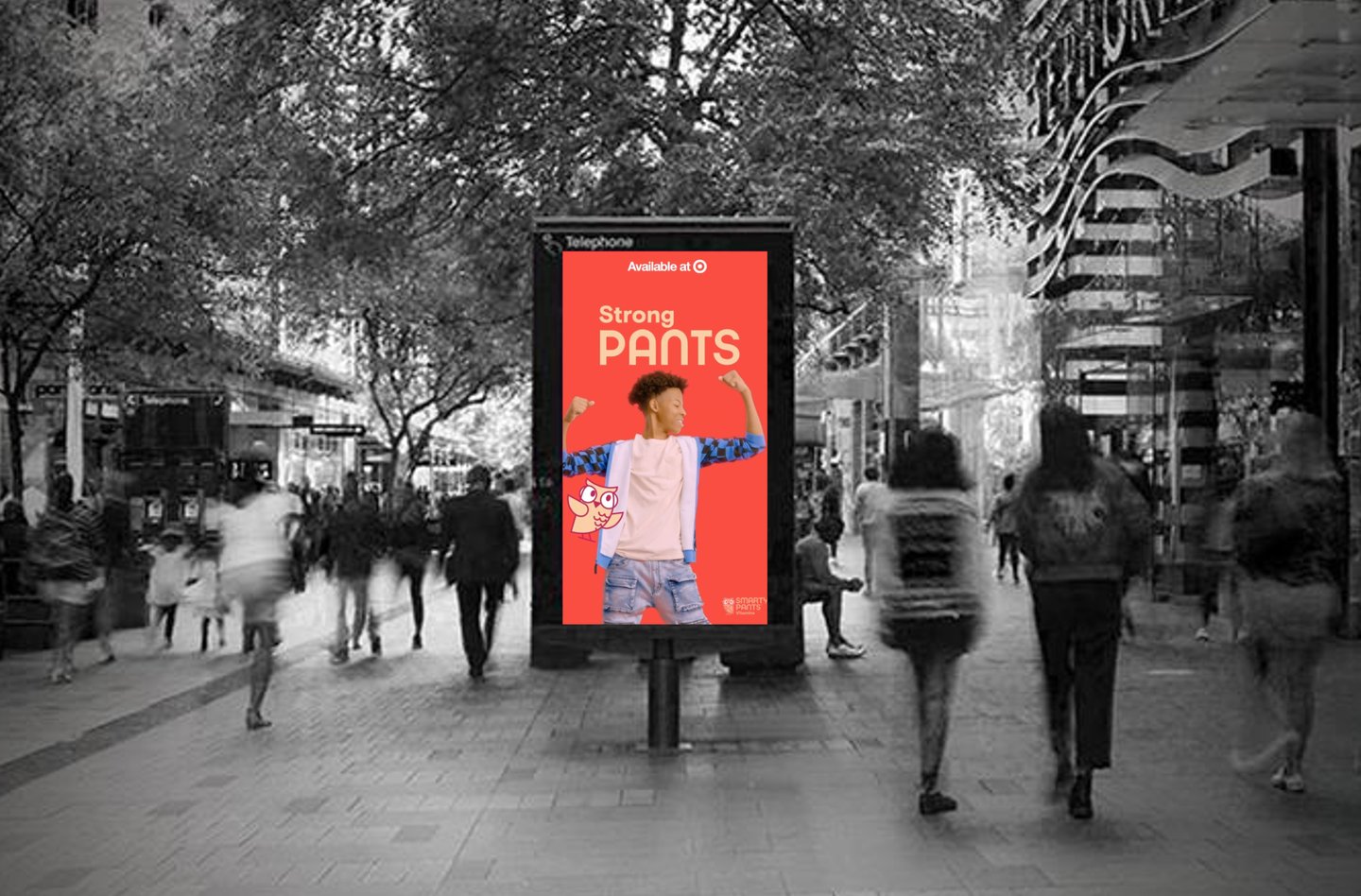The Health & Wellness Wave
America has gone wild for wellness. Ritzy social wellness clubs, step-by-step books on mindfulness and constant online chatter about self-care are all signs of our cultural obsession with holistic health. Simply stated, this is the principle that our physical, mental and emotional well-being are interconnected, and that true happiness requires us to be healthy in all aspects of our lives.
Betting on wellness as something more than a passing fancy, CPG companies have flooded the market with multi-purpose products that promise an array of added health benefits. So-called adaptogenic coffees with traces of mushrooms and herbs purport to reduce anxiety and stress. Moisturizers and other skincare products with ingredients like turmeric tout their anti-inflammatory properties. Just about any food that can credibly make the claim now features packaging that highlights its gluten-free, fiber-rich and Keto-compliant credentials.
“This is an opportunity for any company that has a product that you put in your body or on your body,” says Stephen Bettencourt, executive director of retail insights and enterprise brands at CVS Health. “Everybody seems to be moving in the direction of holistic health and wellness.”
But as marketers eye a bigger stake in the multitrillion-dollar wellness industry — which is projected to grow 8.6% annually and reach $8.5 trillion globally by 2027, according to The Global Wellness Institute — they must proceed with caution. One of the biggest challenges is to win over a knowledgeable and discerning public that expects scientifically backed claims and has a knack for detecting clean label practices that don’t pass the smell test.
“Consumers are a lot smarter now,” says Amy Avellar, director of customer marketing at SmartyPants Vitamins. “They’re demanding products that are of high quality and efficacious, and they’re not believing in the smoke and mirrors. They want to know that what they’re buying delivers on what it says.”
The latter is a cautionary note for marketers when developing packaging, merchandising and wellness-themed ad campaigns. “Wellness messages must resonate as authentic,” says Bettencourt. “Consumers have become so adept at understanding what the truth is. If you’re trying to create a marketing campaign with no real substance, they’ll see right through it.”
Girl Dinners, Gut Health: The TikTok Factor
From calorie-conscious “girl dinners” to mocktail recipes for the sober curious to the latest tips on gut health, social media has become a powerful incubator for health and wellness trends. Younger generations are increasingly likely to seek ideas and information on social media platforms — particularly those driven by visual content like TikTok, Instagram and Pinterest — instead of a traditional search engine like Google. This is especially true in beauty and wellness. Gen Z consumers use TikTok to search for hair & makeup (40%) and well-being and fitness (39%), more than any topic except gift ideas (40%), according to an April 2024 survey from Talker Research.
“Teens are flocking to Sephora for multi-step skincare routines because they’ve seen it on TikTok,” notes Avellar. “They’re getting advice on building healthy habits and performance nutrition from their favorite content creators.”
Similar trends are playing out in the vitamin and supplements category. Thanks to surging online interest, digestive health is now the largest segment in the category, according to Avellar. SmartyPants has responded to the demand with new products, such as a kids fiber and veggies gummy vitamin introduced in April 2024 that contains the equivalent fiber per serving as three cups of kale.
“Consumers are becoming more aware of bio-absorption, and we are only making claims that we can substantiate with proven literature,” says Avellar. “We’re testing and learning what messages resonate best. That may mean the message I serve to a shopper in an aisle in Target is different than a high-impact TikTok ad, but ultimately it comes down to reinforcing quality.”
In August, the SmartyPants brand launched an omnichannel “Smart Move, SmartyPants” back-to-school campaign for its kids multivitamin that included TikTok ads, influencer partnerships, digital out-of-home ads, in-store merchandising and sampling. “At the shelf, we’re activating point-of-sale that communicates our distinctive product superiority to help close conversion in-aisle, where we see the majority of purchase decisions are still being made,” notes Avellar.
Buzzing Over Non-Alcoholic Spirits
One clear sign of consumers’ push for a healthier lifestyle is the proliferation of non-alcoholic beverages. Volume in the category grew at an average annual rate of 24% from 2018 to 2023, and it’s expected to grow an average of 10% over the next five years, according to IWSR. The U.S. currently leads the global market for non-alcoholic spirits (i.e., bottled beverages marketed as spirits substitutes, excluding non-alcoholic beer and wine) with sales that could reach $13.3 million by 2027, according to GlobalData.
“The overall category is still relatively small, but it’s growing because people are either not drinking, or drinking less, especially younger consumers,” says Duane Stanford, editor and publisher of Beverage Digest.
In a departure from the more serious messages of the past, spirits marketers are now embracing the idea of moderation in alcohol consumption as not just responsible, but fashionable, behavior. We see this approach in Diageo’s marketing for Captain Morgan Spiced Gold 0.0 brand, which launched last September in the U.K., as well as its Seedlip non-alcoholic beverage brand.
In a series of ads, Diageo makes the case that consumers can have fun with or without drinking in social settings. Rapper Bree Runway stars in an “Enjoy Slow” campaign for Captain Morgan 0.0, which features a slower version of the ’90s pop hit “Rhythm of the Night,” while Vine star Nicholas Fraser’s “Why You Always Lying” lyrics are replaced with “Why You Always Whying” in ads that challenge the question that often kills the fun vibes: “Why aren’t you drinking tonight?” And actor Rege-Jean Page suggests the choice to not drink can be seen as stylish and one’s individual expression, as he encourages consumers to “Choose Different” in a recent campaign for Seedlip’s newest flavor, Notas de Agave.
Retail Stores: The Next Wellness Frontier
As the idea of holistic health has taken root in society, marketers are exploring new ways of communicating with customers to promote wellness. “There’s a variety of promises that brands can make from a lifestyle point of view,” says Melissa Gonzalez, principal at MG2. “It can be everything from new product offerings to sections of beauty departments that explain benefits in a wellness context to awareness of environmental issues.”
A January 2024 report on holistic health from the MG2 Advisory group explores how marketers can capitalize on what it sees as the next wellness frontier: the retail store. “By evaluating traditional store design elements through the lens of wellness,” the report states, “brands have the opportunity to create environments that are more holistic, rather than simply physical, and inclusive of cognitive, emotional and spiritual health attributes.”
Based on a survey of about 1,200 consumers, the report found that displays that communicate the effects wellness services have on the mind and body are especially effective. In addition, sounds generated by physical events, such as waves and rain, in tandem with natural lighting can establish a sense of calm. Activity spaces, such as meditation or exercise rooms, can also reinforce wellness-driven environments.
Retailers have already taken steps such as lowering shelves to create better sight lines and a less confined space, says Bettencourt. “Stores are grouping items with similar benefits, or similar colors, which does a lot to promote positive emotion and well-being. It’s a less stressful environment because you can relax and browse versus doing more destination shopping.”
Keeping It Real
As notions of holistic wellness continue to expand, marketers outside the bounds of traditional health-related categories are looking for ways to participate in the arena while staying true to their brands. For example, gyms like Equinox often engage in marketing partnerships with skin care brands to offer samples and deals on products that can help achieve the customer’s overall health and fitness goals.
“It’s a way to kind of ‘stay in your lane’ while contributing to wellness in a positive way,” says Sampo Parkkinen, CEO and founder of Revieve, a New-York based firm that works with beauty and skincare brands to create personalized digital experiences.
Still, as marketers wade further into wellness territory, there is a risk of stepping into what some see as a saturated market. “Consumers are overwhelmed by all the different messages they receive about what’s healthy and what’s not,” says Katie Thomas, head of The Kearney Consumer Institute. “None of us are looking to be hit over the head with more options.”
Thomas cautions marketers not to try to lead consumers too far down the wellness path. “Health and wellness is very personal. Everyone is going to make their own choices and tradeoffs,” she says. “You don’t have to over-market to consumers or try to over-innovate. Just make sure you have a good understanding of how your customers are thinking about health.”





